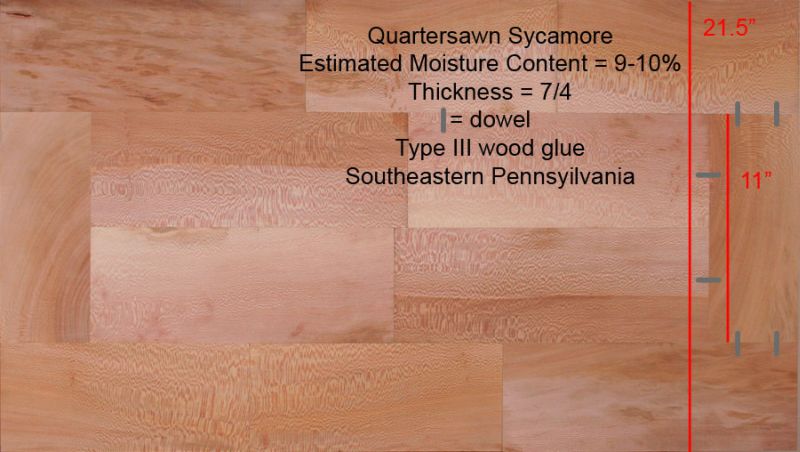Question
A customer has found a few pin holes in a piece of red oak in one of my chairs. She claims they have always been there, but she has just noticed they seem to be generating some fine saw dust. They apparently are mainly in the early growth rings but I am waiting for her to ship the piece (a bench via UPS) back to me.
I have not had any problems with red oak or any other wood in my shop or any other customer having problems. What are they? What treatment can I use? The finish is Watco Danish Natural Oil and paste wax. The piece only has the critters in stretchers from the same dowel and there is nothing in the legs or the other two stretchers.
Forum Responses
(Furniture Making Forum)
From contributor H:
Most likely the wood was only air dried. Those critters can lay dormant for years. Getting rid of them is easy. Get rid of the piece they’re in before they spread.
The PPB in furniture cannot be controlled with chemicals, as the insect is deep within the wood and any chemicals stay at or near the surface.
It is difficult in a piece of furniture for them to leave the wood and for "Ma and Pa" to find each other, breed, find a grainy wood to lay eggs, etc. So, you do not have to worry much about spreading, but the home-owner may not accept this. Of more concern is the damage (strength loss) done to the wood.
All wood that is kiln dried above 130 F is free of PPB and their eggs. So, it is likely that the infection developed when your wood was exposed to other infected lumber after kiln drying. In fact, you do have a risk that it will show up elsewhere in the next year. Springtime is the most common time. Your lumber supplier is probably the source and you may wish to consider changing suppliers. If they have the infection, it will likely continue to show up in the future.
They will remain active for several years. They will not re-infect wood with a smooth finish (varnish, etc.) but can do a lot of damage in the pieces where they are present. It should be removed from the house as soon as possible. It needs to be replaced. Keep the infected pieces and furniture away from all other wood, especially unfinished wood or lumber. Heating the piece (or lumber) to 130 F for a day will kiln the insects and their eggs. It is not uncommon for insects to show up a year after infection.
